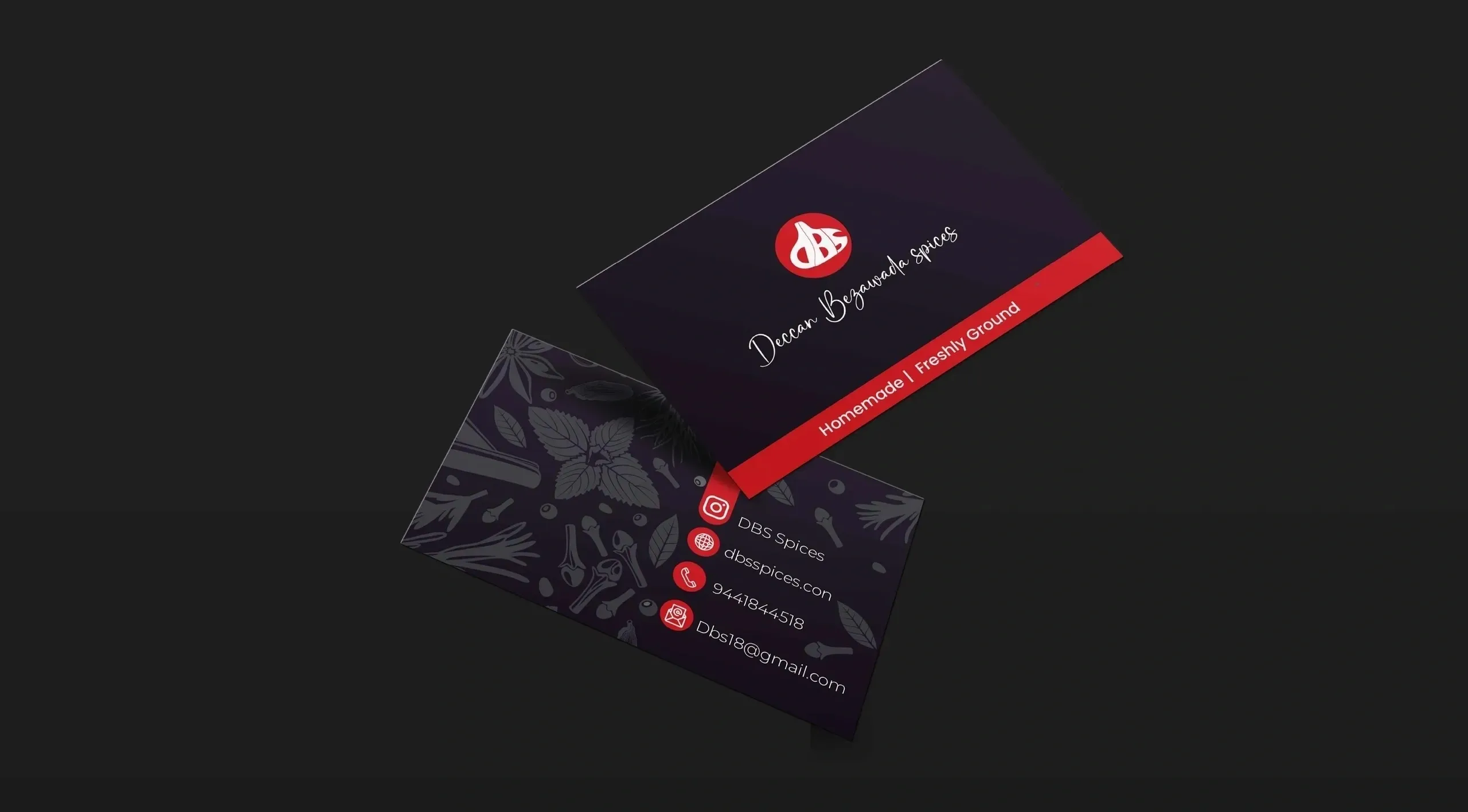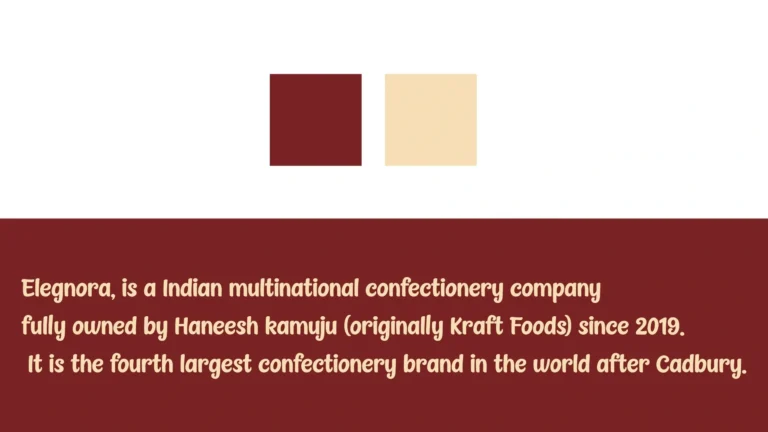BRanding
Identity, Perception, Consistency





Key Elements of Branding
Branding begins with creating a unique identity that reflects what your business stands for. This includes your logo, colors, typography, and tagline—elements that visually represent your brand. But it goes deeper: your brand identity is the personality and voice of your business. It defines how you present yourself to the world, from the tone you use in communication to the emotions you evoke in your audience. A strong identity ensures that your business is memorable and instantly recognizable in a crowded market.
Branding shapes how people perceive your business. It’s not just about what you say but how your audience feels about you. This perception comes from their experiences with your products, services, and messaging. Delivering consistent quality, solving customer problems, and sharing a compelling story are key to shaping positive perceptions. A strong brand creates trust and emotional connections, which influence customer loyalty and how often they recommend your business to others.
Color plays a vital role in setting the tone and mood of a design, while typography ensures the communication of messages with style, clarity, and personality. The use of texture adds depth, making designs more engaging, while space ensures a clean layout, emphasizing key elements and reducing clutter. These elements, combined with balance, contrast, and alignment, ensure every design achieves its intended impact, whether in print or digital media.












Consistency is the backbone of effective branding. Every interaction—whether through social media posts, email communication, or in-person customer service—must align with your brand’s values, visuals, and voice. A consistent brand builds reliability, making your audience feel they know what to expect from you every time. Over time, this fosters a sense of familiarity, strengthening the bond between your brand and your customers while reinforcing your place in the market.


